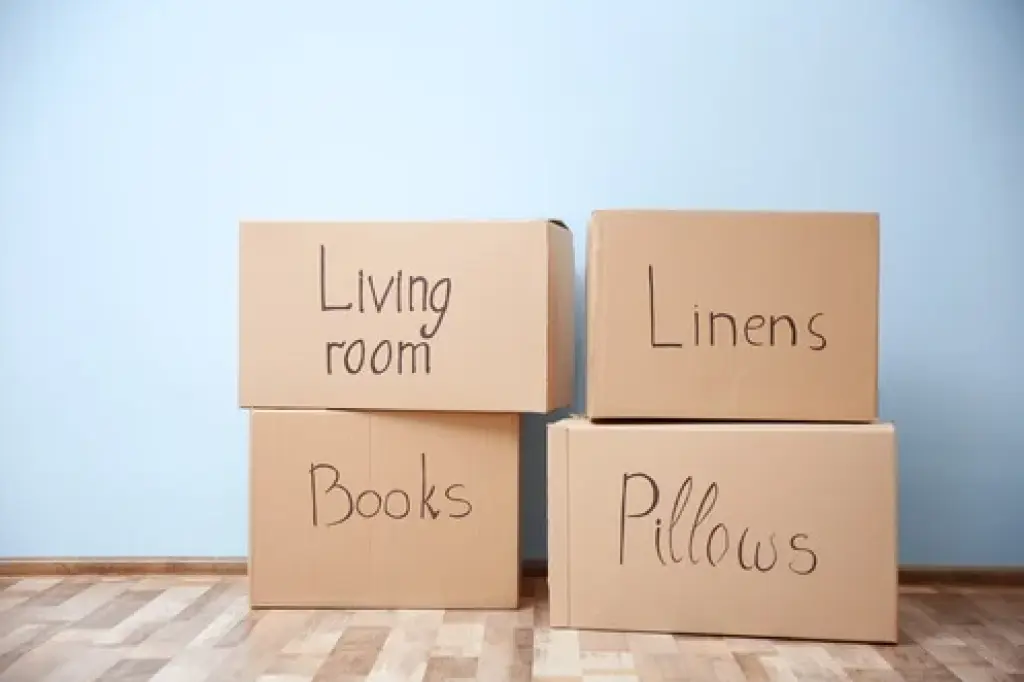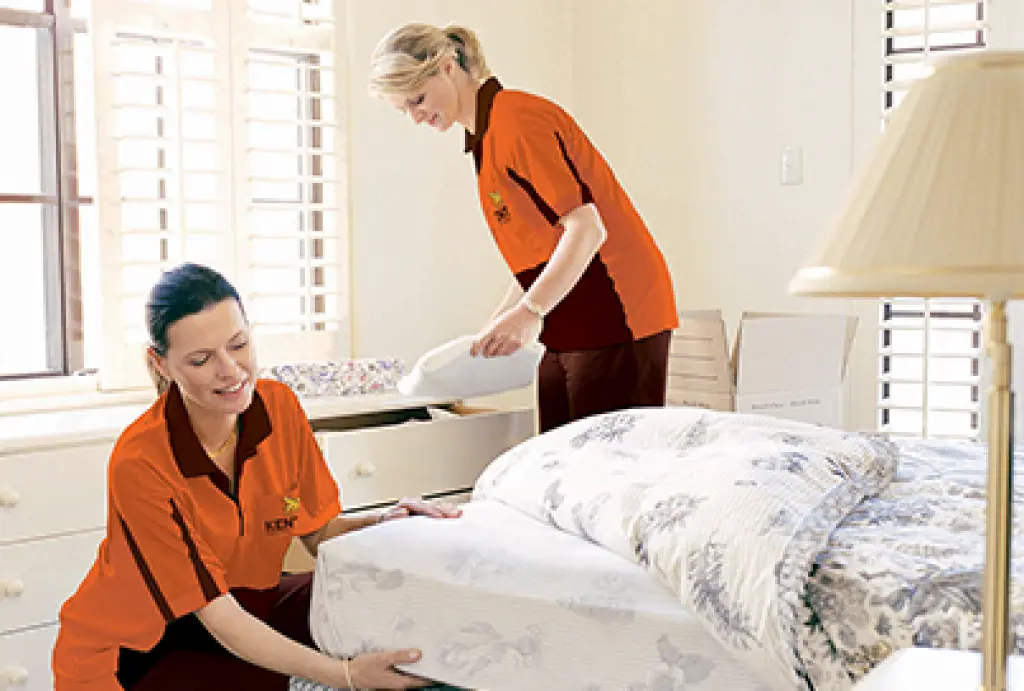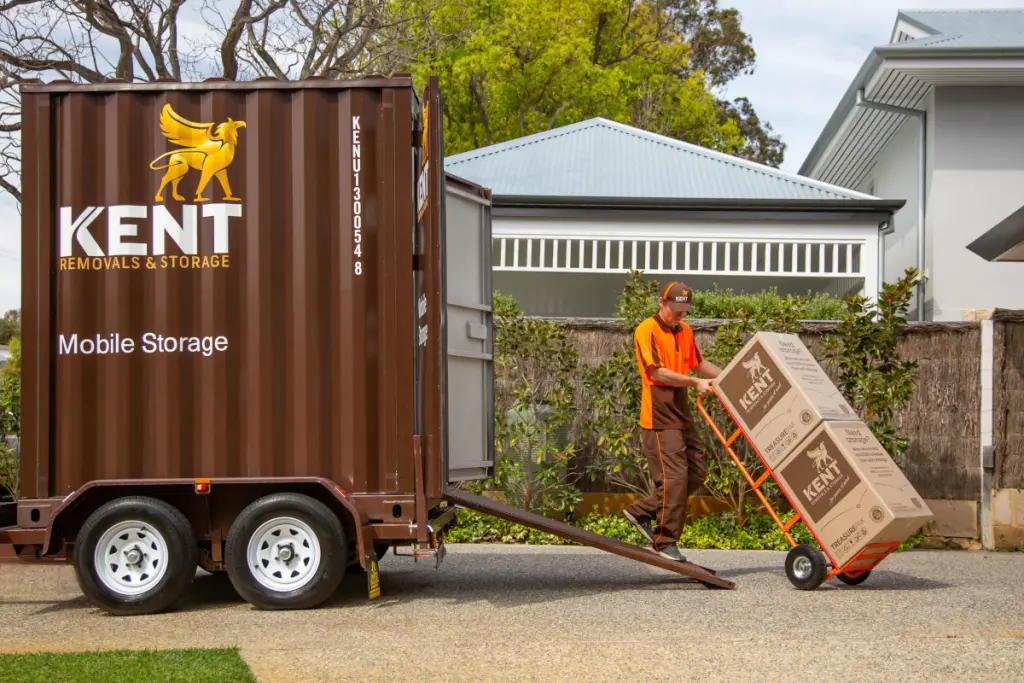Knowing how to move outdoor furniture when moving home without any prior experience can be a challenging task, although much of the difficulty depends on what kind of outdoor furniture you’re looking to move. If it’s a small item, such as a chair then it may not be difficult at all to move. However, larger items such as double seater chairs or tables may be trickier to handle and carry a larger risk of becoming damaged whilst in transit, so it’s crucial that you take the utmost care when moving heavier outdoor furniture. Alternatively, if you’d rather have peace of mind without lifting a finger, then you could always turn to a removal specialist that will have trained and highly experienced professionals.
How To Move Outdoor Furniture
Step 1: Remove any loose decor
Step 2: Clean/dry the furniture item
Step 3: Dismantle the furniture item
Step 4: Place all loose parts in a bag
Step 5: Fasten parts together with cable ties
Step 6: Protect the furniture item with high-grade packing materials
Step 7: Pack into moving vehicle
Step 8: Too difficult? Call a removal specialist
Step 1: Remove any loose decor
The first step should be to remove any loose decor such as padding or fixtures that are a part of the furniture. Outdoor seating, for example, is likely to have cushioning tied to the frame that can be removed and packed away separately.
Step 2: Clean/dry the furniture item
With the furniture item being designed for the outdoors, it’s more than likely going to be exposed to harsh weather at some point. As such, before you move the outdoor furniture item, ensure that it has been properly cleaned and dried to protect its condition as well as avoiding transferring dirt onto other items.
Step 3: Dismantle the furniture item
Always ensure that you follow any instructions you may have for dismantling the furniture item as this will prevent you from losing any key parts or damaging them through mishandling. If you don’t have them, then disassemble logically starting with smaller parts before moving onto the larger parts. For example, when moving a table you should always remove the legs first, before attempting to move the table top.
Step 4: Place all loose parts in a bag
When disassembling an outdoor furniture item it’s more than likely that the key parts will be fixed together using components such as screws, so you should place them together in a bag for safe keeping. The last thing you want to happen is to arrive at your new home and realise that you’ve either lost or left the screws at your previous home, meaning that you’re unable to reassemble the outdoor furniture item.
Step 5: Fasten parts together with cable ties
For outdoor furniture items such as tables, it’s a good idea to fasten similar sized parts together to make them easier to handle when moving and protect their condition. In this example, you should look to use cable ties to fasten the table legs together so they’re unable to move around during transit and will be easier to protect with packaging.
Step 6: Protect the item with high-grade packing
Before loading your outdoor furniture item into your moving vehicle, always be sure to use high-quality packing supplies that will keep your outdoor furniture item in top condition. Supplies such as packing wrap, heavy duty moving blankets and bubble wrap for delicate parts are the most preferred options.
Step 7: Pack into moving vehicle
Move heavier/larger items and place into the vehicle first with assistance if possible, as this will make it easier to handle and prevent the risk of injury. If you’re resigned to having to move the item alone, then be sure to use the correct handling techniques and drag where possible, whilst taking the utmost care to protect both yourself and your outdoor furniture item.
Step 8: Too heavy? Seek the professionals
If moving your outdoor furniture is too much for you, then don’t put your back out trying to move it yourself just simply seek assistance from a team of professional removalists.







